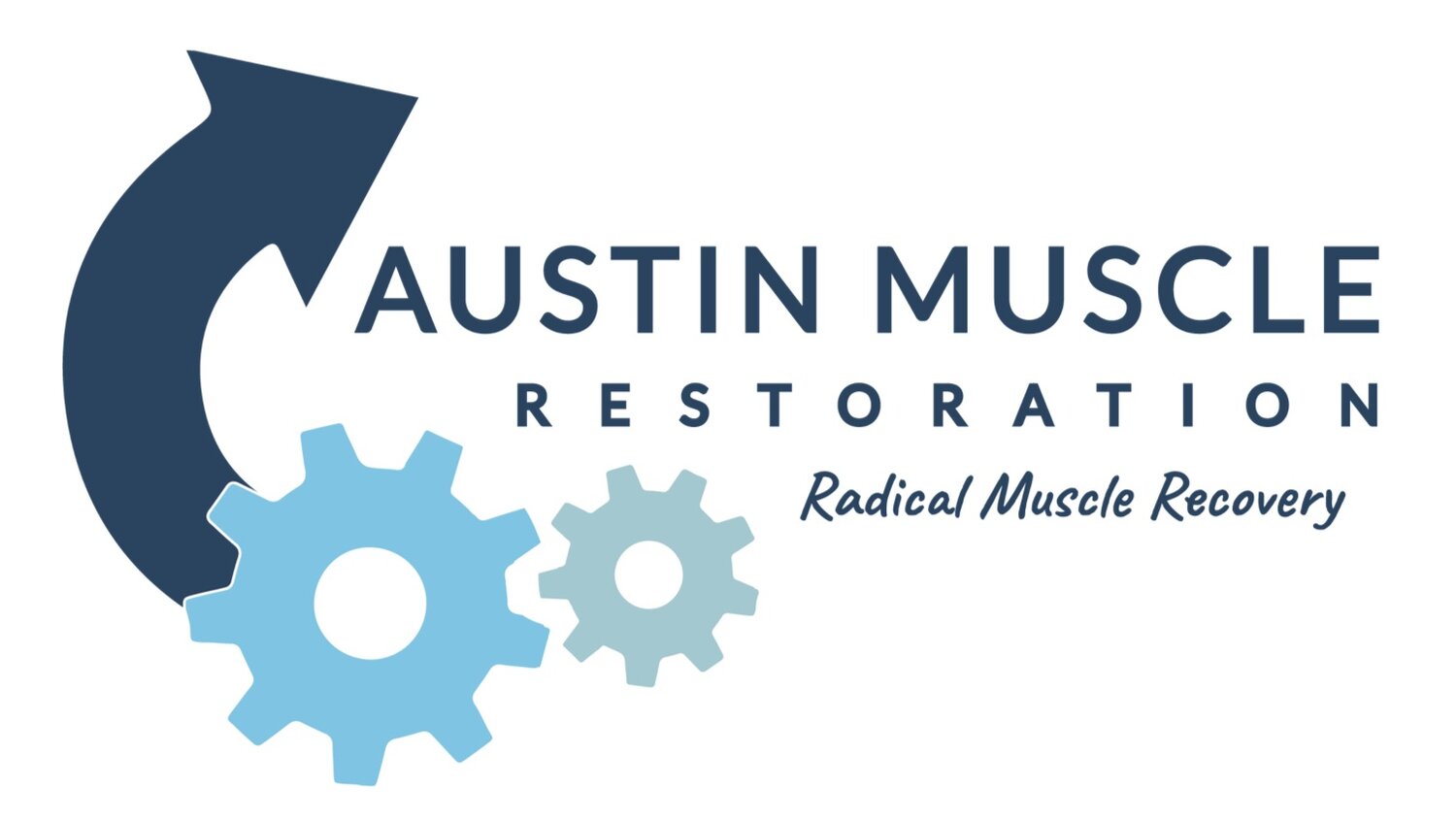Why Your Pelvic Floor Issue Is Probably A Muscle ProBlem… And What to do about it
Your pelvic floor issue is probably a muscle problem and here is what you can do about it…
Many people have dysfunction of the pelvic floor. The reason for pelvic floor dysfunction can have many root causes and lead to a wide variety of symptoms. The cause of pelvic floor pain and dysfunction include abdominal injuries or surgeries including laparoscopic procedures, one or more pregnancies including natural child birth or C-sections, as well as groin injuries or surgeries.
Many clients with pelvic floor issues report a feeling of tightness in the muscles of the pelvic floor, lower back and hips.
Some additional common symptoms that clients report include:
lower back pain
groin or hip pain
urinary incontinence
prolapse
a weak core
Most therapeutic interventions try to “release” feelings of tightness with invasive procedures including external and internal massage. While these techniques often provide temporary relief, they may not address the underlying cause of the pain, which in the vast majority of cases is muscle weakness in the muscles of the pelvic floor.
At Austin Muscle Restoration we have a unique and non invasive screen to test the contractile capabilities of the pelvic floor muscles and activate them if weakness is detected. This screen involves assessing the contractile capabilities of the hip muscles in conjunction with a kegel exercise. If the hips cannot produce tension with the introduction of a kegel, it’s pretty safe to say weakness is present in the deep muscles of the pelvic floor.
So what can be done about that?
An isometric contraction of the hips in a specific direction can be performed with the addition of a kegel exercise. This is cycled until the hip can produce effortless tension with the addition of a kegel. After connecting a kegel to various other hip positions, clients typically report back that the pain and tightness sensations in their pelvic floor, the hips or lumbar spine is now non existent.
Let me share one client example with you:
I recently saw a client who just had her first pregnancy and natural child birth. She presented with pain in the back, hip, shoulder and neck. We assessed and addressed these areas and all of her symptoms improved. She then reported that she was having pain deep in her hips when she would go for long walks. After performing the pelvic floor screen process described above, I discovered that she was having significant trouble maintaining her hip strength when performing kegel exercises. We added the kegel exercise to various hip positions until she could combine those two types of muscle contraction well and we could mutually agree that those positions felt strong. Her homework was to go for some long walks before her next visit. She was thrilled when she came in for her next appointment because her deep hip pain was now gone. And with completely non-invasive and painless techniques that were fast and effective!
Muscles are designed to produce tension in order to stabilize and mobilize the joint they cross. This includes all the muscles deep to the superficial layers. If the pelvic floor is a nagging area for you then a full assessment of the muscular system along with a screen of this area may be the missing piece you are looking for.
Call us at 512-461-2856 to schedule an evaluation.
If you do not live in Austin, Texas we can still help you arrange a session schedule for out-of-town clients.
Brandon O’Connor, CMSS, MATm, RTSm
Owner, Austin Muscle Restoration

